Some plants are just drama-free. They don’t pout when you forget to water, they don’t need perfect soil, and they certainly don’t mind a bit of neglect. In fact, these 15 low-maintenance wonders don’t just survive—they spread fast, fill up space, and make your garden look lush with almost no effort on your part.
Whether you’re working with a busy schedule, a lazy streak, or just want a garden that takes care of itself, these are the plants you’ll want to bring home. Once they settle in, they’ll multiply on their own, covering bare spots, beating weeds, and giving you that “I totally planned this” look—even if you didn’t.
Perfect for beginners, low-effort landscapes, or anyone who’s tired of babying fussy plants, this list is your shortcut to a full, thriving garden without the stress.
Mint
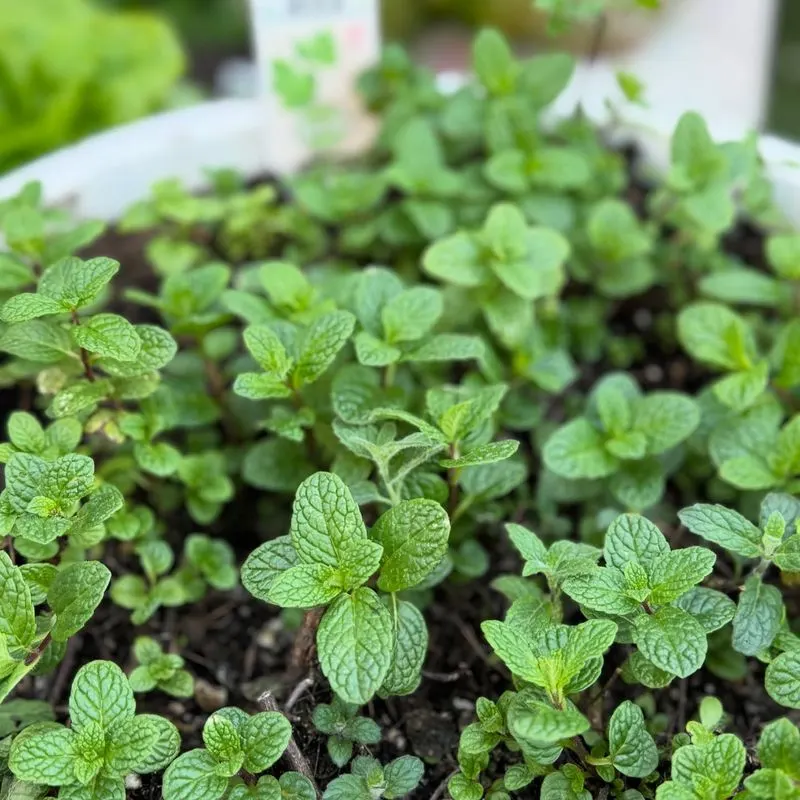
Mint has a reputation for being unstoppable, and rightly so. Once planted, it tends to spread rapidly, taking over spaces with its refreshing scent. It requires minimal watering and can survive in partial shade or full sunlight. For those who love a fresh garnish or a cooling herbal tea, mint is a delightful addition. However, consider planting it in a pot to contain its vigorous growth. With its fragrant leaves, mint adds both flavor and aroma, making it a favorite among many gardeners.
Bamboo
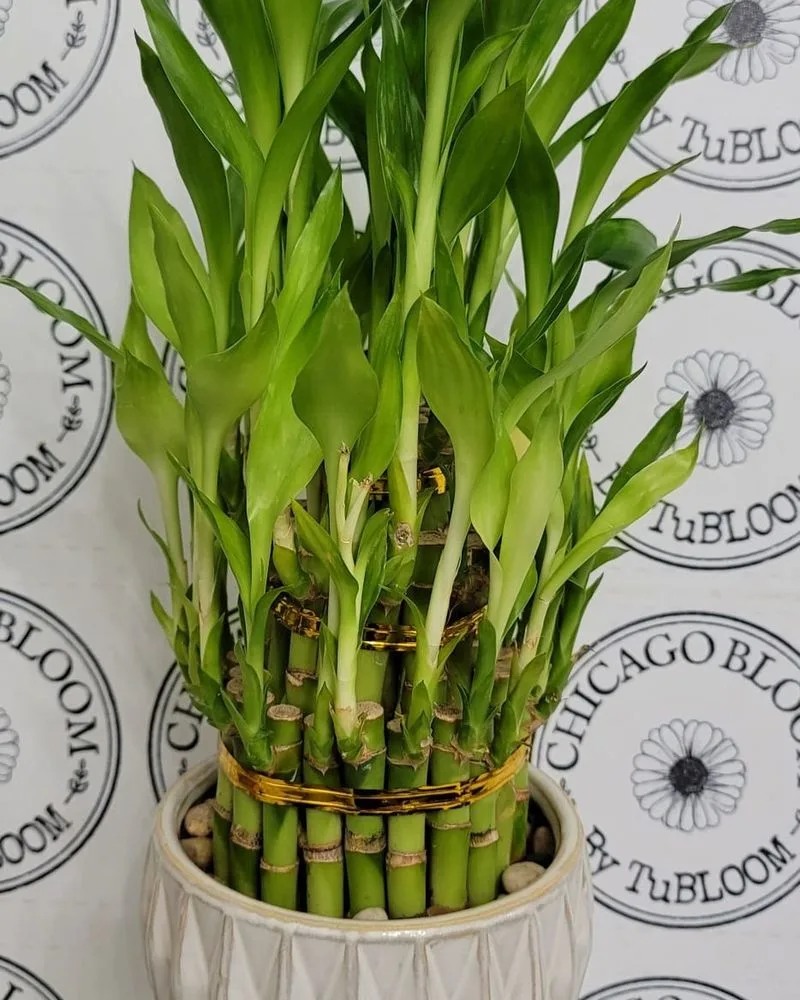
Bamboo is the epitome of hardiness and rapid growth. Known for its towering stalks and graceful leaves, bamboo can quickly transform a garden into a serene retreat. It’s perfect for creating privacy screens or windbreaks, growing several feet in mere weeks. Despite its tendency to spread aggressively, it thrives in various soil types and requires little attention. An ideal choice for those wanting a fast-growing, natural fence, bamboo’s beauty lies in its simplicity and resilience.
Spider Plant
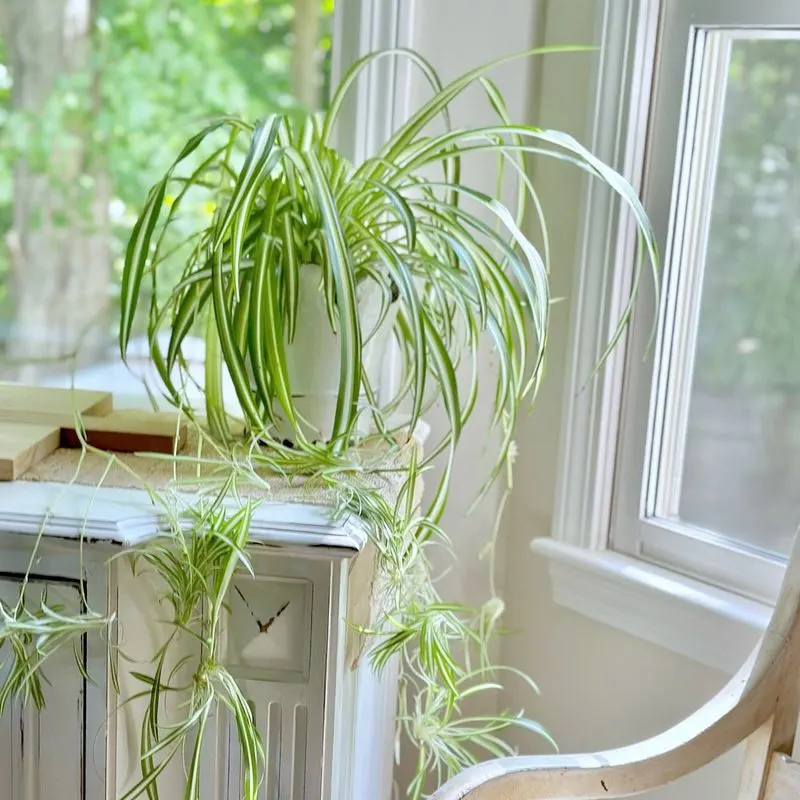
The spider plant is a popular houseplant known for its arching leaves and baby shoots. These offshoots sprout easily, allowing the plant to multiply with little assistance. It’s adaptable to different light conditions and doesn’t mind if you forget to water it occasionally. Its air-purifying qualities make it a fantastic indoor companion. This plant’s playful appearance and forgiving nature make it a favorite for homes and offices, providing a touch of greenery with minimal care.
Aloe Vera
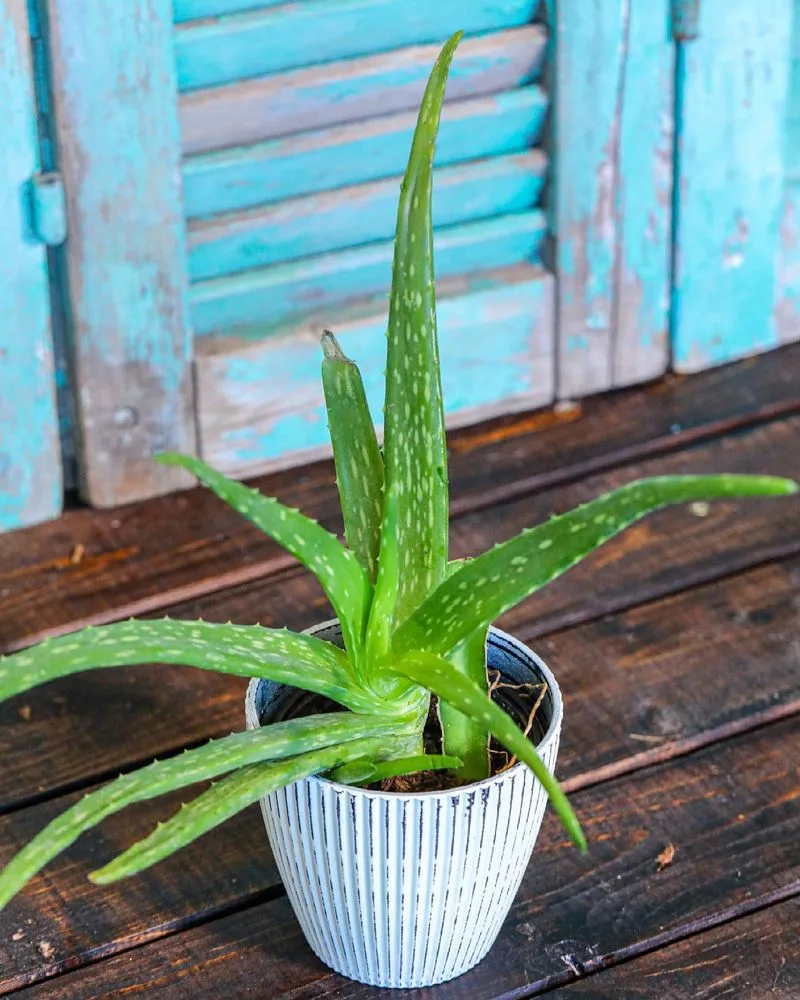
Aloe vera is more than just a healing plant; it’s a survivor. Thriving on neglect, it requires infrequent watering and can withstand sunny and dry conditions. Known for its fleshy, soothing leaves, aloe vera is often kept for skincare benefits. As it grows, it produces offsets or ‘pups’ that can be repotted to multiply your collection. Its ability to thrive in various environments makes it a staple in many households, offering both aesthetic and practical benefits.
English Ivy
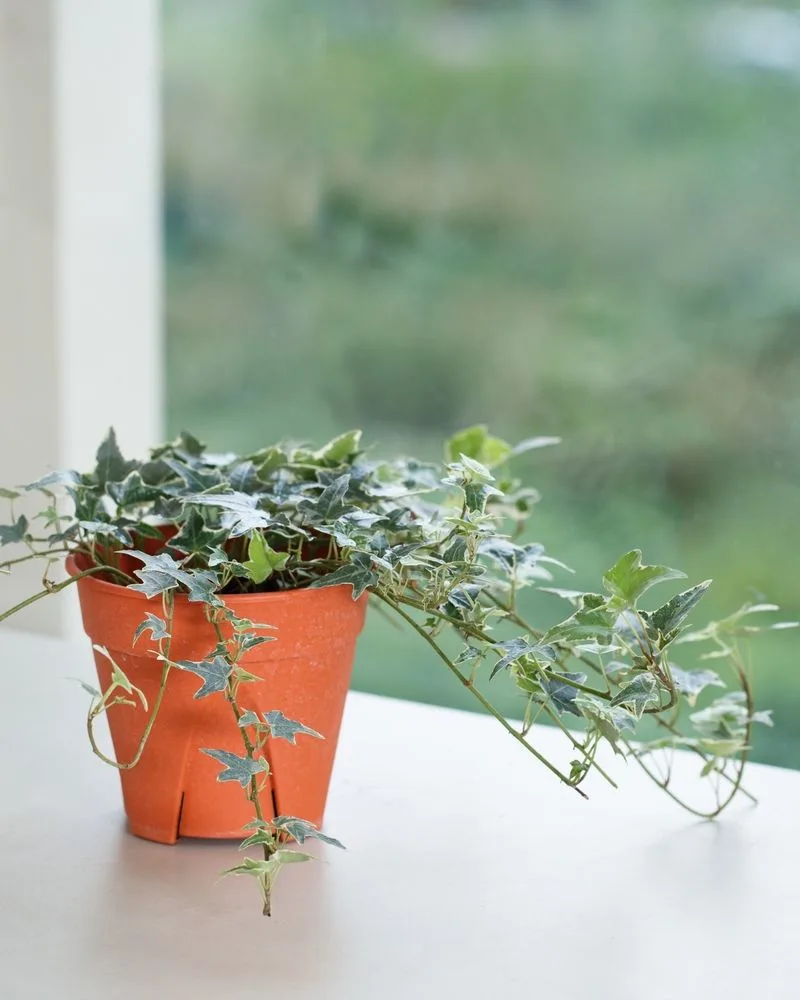
English ivy is the quintessential climber, known for its ability to cover walls, fences, and trellises in record time. Its evergreen leaves provide a classic look, adding charm to any structure. Ivy is remarkably low-maintenance, thriving in shade and adaptable to a range of conditions. While it can be invasive, its ability to create verdant landscapes is unmatched. This plant is perfect for those looking to add a touch of timeless beauty to their surroundings without constant upkeep.
Sedum
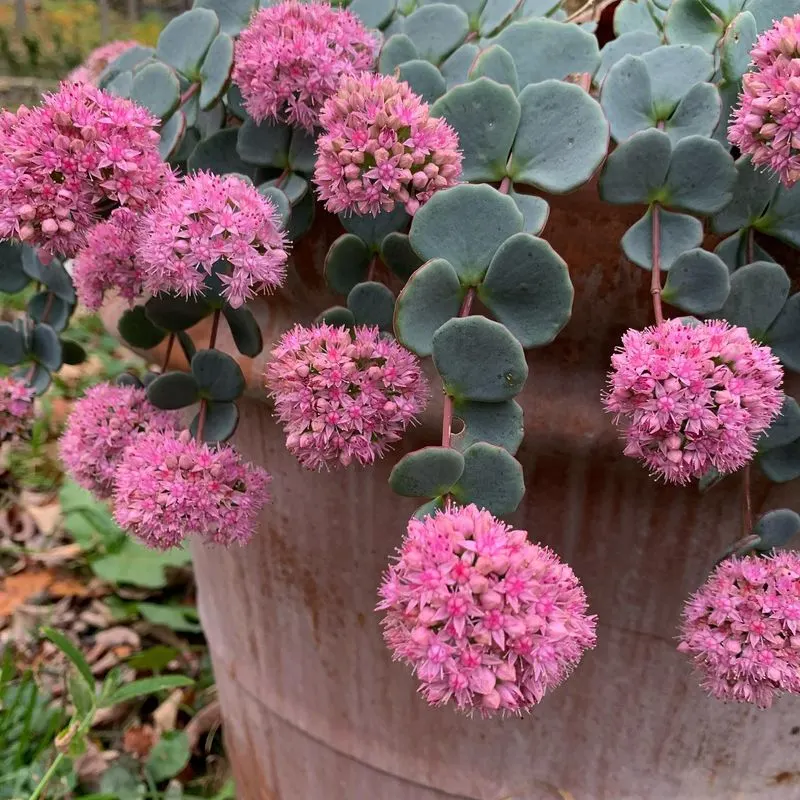
Sedum, or stonecrop, is a succulent that is as hardy as it is beautiful. It requires little water and can thrive in poor soil, making it perfect for rock gardens and borders. Available in various colors and forms, sedum adds texture and interest to any garden. Its resilience against drought and cold makes it a plant that practically takes care of itself. Those looking for a low-maintenance yet attractive option will find sedum an excellent choice, providing year-round appeal.
Daylilies
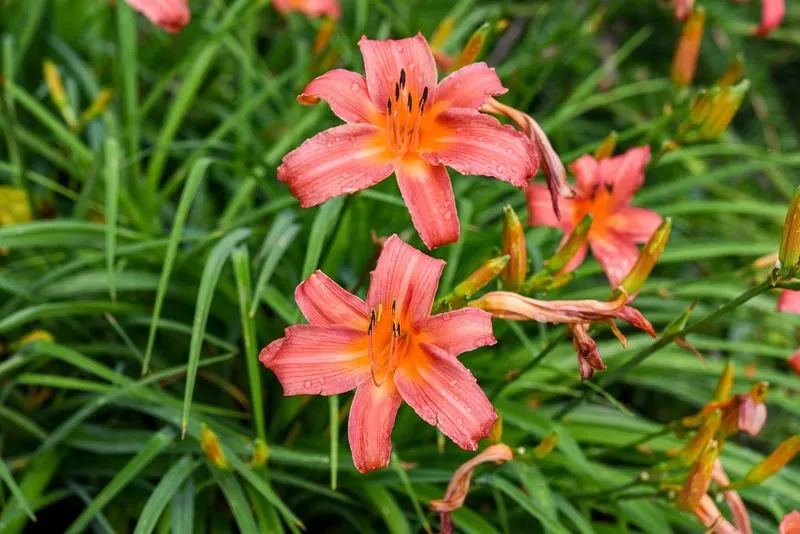
Daylilies are a garden favorite, known for their vibrant blooms that return year after year. They multiply easily, forming larger clumps that can be divided to expand your garden even further. With minimal care, daylilies thrive in a variety of conditions, from full sun to partial shade. Their robust nature and striking flowers make them a staple in many landscapes. Ideal for novice gardeners, daylilies offer stunning visual impact and color without demanding attention.
Lamb’s Ear

Lamb’s ear is as inviting as its name suggests. Its soft, silvery leaves create a tactile experience, appealing to both humans and pollinators. A drought-tolerant perennial, lamb’s ear spreads easily, forming dense mats over time. It thrives in sunny locations and poor soil, requiring minimal upkeep. Its unique texture and subtle color make it an excellent ground cover or border plant. For those seeking a soothing, low-maintenance addition to their garden, lamb’s ear is an ideal choice.
Hosta

Hostas are the go-to solution for shady garden spots. With their broad, variegated leaves, they create a lush, tropical feel. Hostas require little more than occasional watering and can multiply quickly, filling spaces beneath trees or along borders. They come in numerous varieties, offering a palette of colors and textures. Whether you’re dealing with deep shade or dappled sunlight, hostas bring life and vibrancy to areas where other plants might struggle. Their ease of care and aesthetic appeal make them a gardener’s favorite.
Pothos
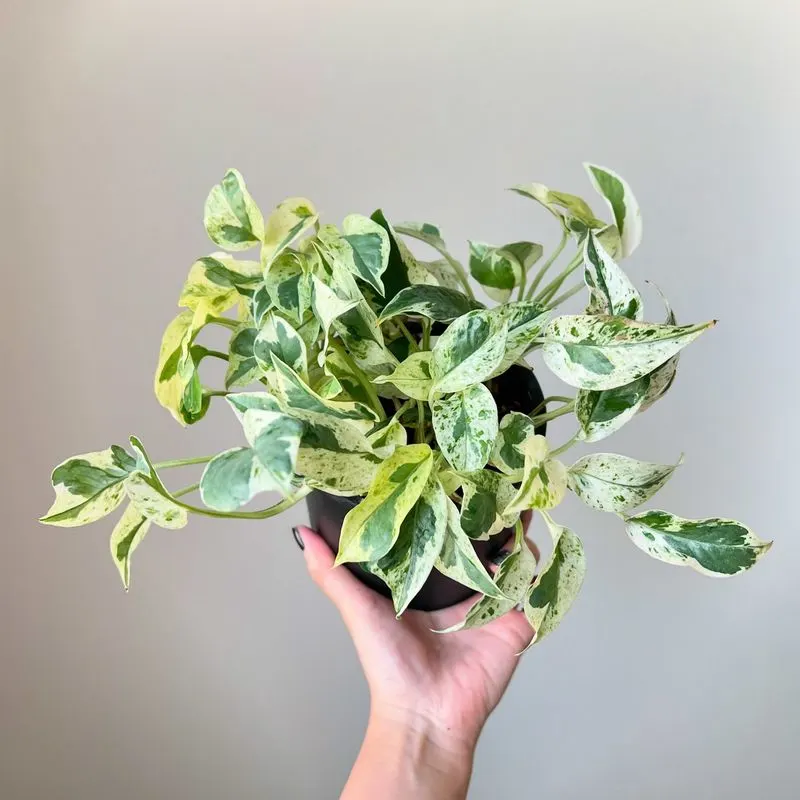
Pothos is a quintessential houseplant known for its trailing vines and heart-shaped leaves. It’s incredibly forgiving and can survive in low light and with infrequent watering. A natural air purifier, pothos brings greenery into any indoor space with ease. Its ability to grow long vines means it can be trained around furniture or left to hang freely. Ideal for those new to plant care, pothos offers a touch of nature without the usual demands, effortlessly enhancing any room.
Jade Plant
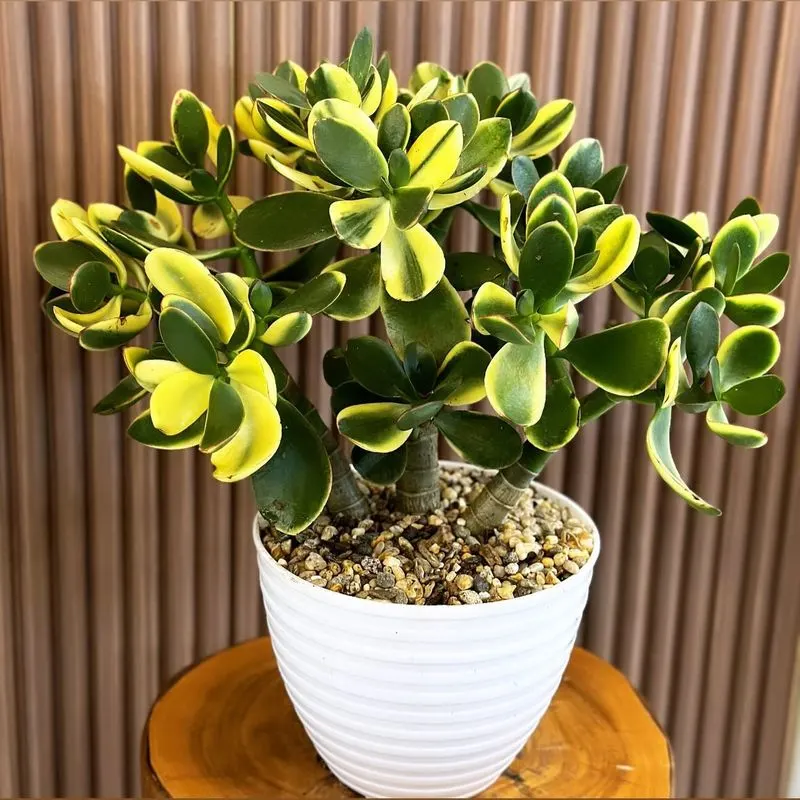
The jade plant is a symbol of prosperity and luck, often found as a cheerful addition to homes and offices. With its thick, fleshy leaves, it’s a classic succulent that requires minimal care. Jade plants prefer bright light but can tolerate lower levels, and they only need watering when the soil is dry. As they grow, jade plants develop a charming, tree-like appearance. Their resilience and pleasing form make them a popular choice for those seeking a touch of perennial green indoors.
Creeping Jenny
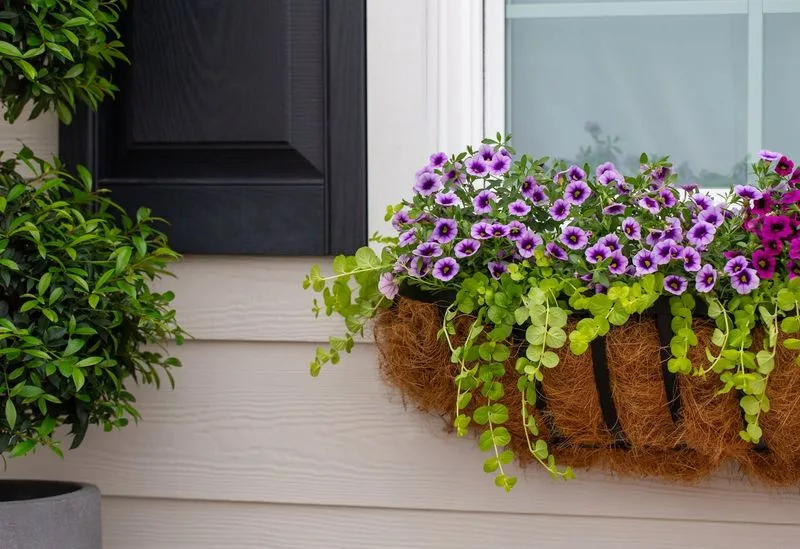
Creeping Jenny is an enthusiastic spreader, known for its vibrant green foliage that cascades beautifully over walls and edges. It thrives in both sun and shade, requiring little care once established. With its bright leaves, it’s a lively ground cover that can brighten any garden space. Creeping Jenny’s ability to quickly blanket areas makes it perfect for erosion control or simply adding a splash of color to dull areas. Its tenacity and visual appeal make it a versatile choice for gardeners.
Feverfew

Feverfew, with its charming, daisy-like flowers, is a perennial that brings cheer to any garden. Known for its medicinal properties as well, it can self-seed prolifically, ensuring coverage year after year. It thrives in well-drained soil and full sun, demanding little more than an occasional trim. Feverfew’s bright blooms and feathery foliage make it an attractive option for borders and decorative beds. Its easy nature and historical use in herbal remedies add both beauty and intrigue to gardens.
Yarrow
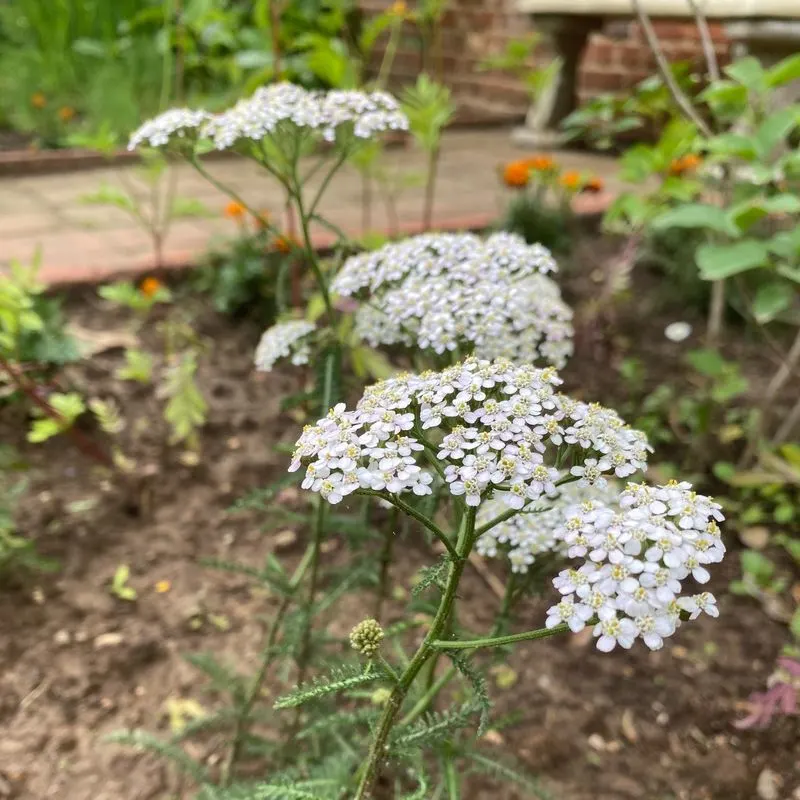
Yarrow is synonymous with resilience, thriving in poor soil and dry conditions. Its clusters of tiny flowers attract pollinators, making it a beneficial addition to any garden. Yarrow spreads quickly, establishing itself with minimal care and offering beautiful blooms in shades of yellow, pink, and white. Its feathery foliage provides texture and interest, complementing wildflower meadows and cottage gardens alike. This plant’s tough nature and delicate appearance create a harmonious blend of strength and beauty.
Chives
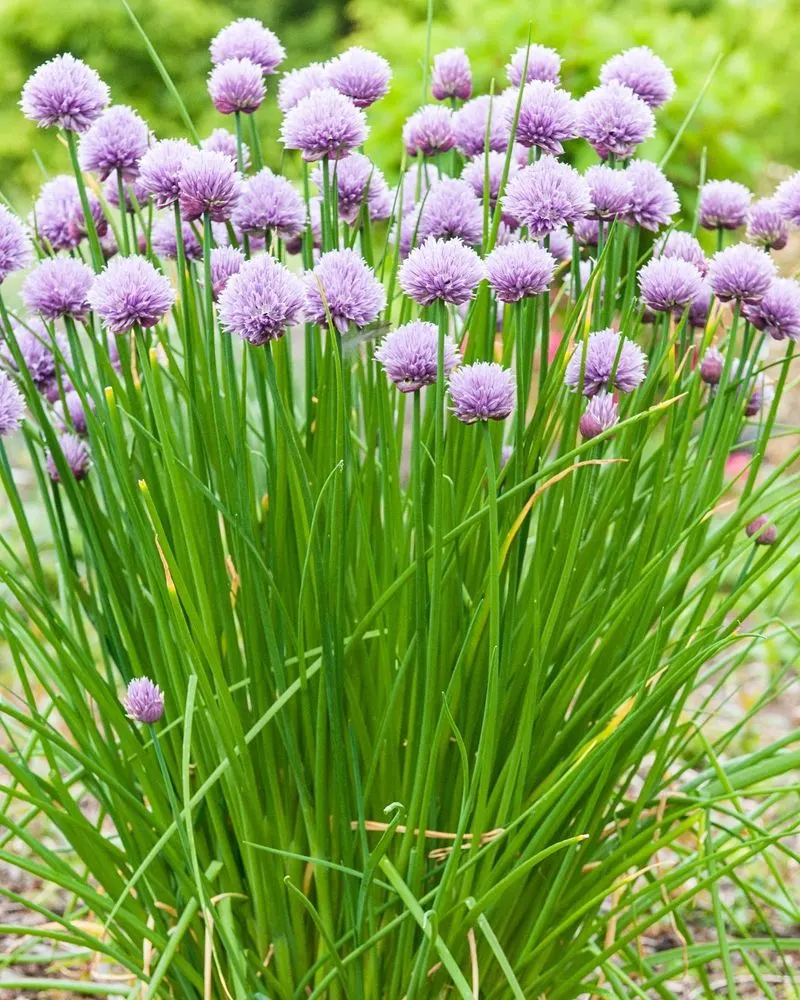
Chives are a culinary delight, easy to grow and even easier to maintain. Their slender, onion-flavored leaves are perfect for garnishing dishes, and their pretty purple flowers add ornamental value. Chives thrive in sunny spots with well-drained soil, returning each spring with more vigor. They spread readily, making them an ideal choice for filling herb gardens or adding a flavorful edge. For those who love cooking with fresh herbs, chives are a practical and attractive addition to any garden.

